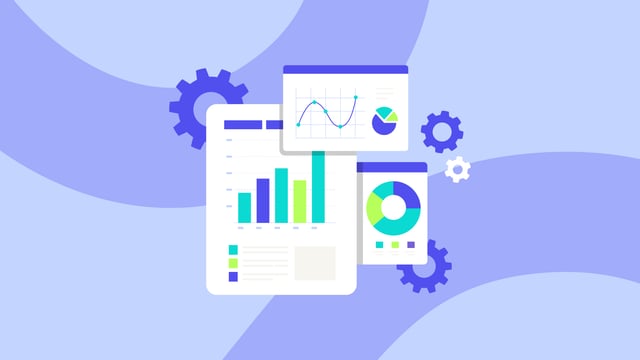HR initiatives have become more employee-focused than ever. Recognition and Rewards (R&R) programs have emerged as a great way to boost workplace engagement, morale, and performance. HR.com's new "State of Rewards and Recognition 2024" research report, created in partnership with WorkTango, delves into the effectiveness of these programs across a wide spectrum of industries and global regions. The new research revealed that the true impact of these initiatives often falls short of their full potential.
The six key employee recognition statistics below are derived from the research study. Consider whether your program contains any of these flaws as you refine your program strategy to deliver tangible ROI better. Let’s take a look at what the research says:
1. R&R program prevalence does not equal program effectiveness
While a staggering 91% of organizations have rewards programs and 94% have recognition programs, only 31% rate their program’s effectiveness as "high" or "very high." The primary hurdles? Cost and inconsistent application, with 38% pointing to a lack of leadership involvement as a hindrance to their program’s effectiveness.

2. Most R&R program structures contain pitfalls
The majority - 61% - of organizations take a flexible approach to their employee recognition program by implementing a mix of formal and informal recognition. Despite this structure, the majority of organizations only allow employee reward nominations to be made by managers or peers. Only 41% emphasize results-based nominations. Limitations around who can give recognition, and a lack of focus on results, means many programs do not optimally support employee success or incentivize key employee behaviors.3. R&R program impact is underestimated by employers
Employers say that making employees feel valued (65%) and increasing satisfaction/morale (49%) are the top strategic advantages of recognition programs.
However, other major employee recognition program advantages, such as enhancing performance or helping employees identify their strengths, are undervalued by employers. This highlights a need for recognition programs to be revamped to better support employee performance and development. Tailoring your recognition and rewards program to not only foster employee sentiment - but also growth and development - is key to unlocking its full potential.

4. R&R program effectiveness measurement techniques are lagging
Only 43% of organizations regularly review their recognition programs' effectiveness, and only 33% take employee feedback into high consideration. The research shows a clear trend towards being reactive when it comes to creating and measuring the impact of employee R&R programs. To enhance these initiatives, it’s important to shift towards a proactive, regular program evaluation strategy to stay ahead of employee recognition and rewards needs, rather than create a program purely based on what HR thinks is best. Ask employees what types of recognition and rewards would be most meaningful to them, and then design a program that meets their needs.5. 46% of organizations plan to improve employee recognition programs
Looking ahead, 46% of organizations plan to enhance program effectiveness by fostering a continuous culture of recognition, while about 50% of organizations anticipate leveraging technology for better program analytics, performance tracking, and predictive modeling. Using comprehensive recognition and rewards software is one way organizations can streamline processes, access new data-driven insights, and enhance the precision and impact of their programs.6. Effective R&R Programs share common characteristics
In contrast to organizations who have less effective employee recognition and rewards programs, organizations who have more effective programs are:
|
|



.png?width=640&height=360&name=Brian%20Kropp-Webinar-Web-Tile%20(4).png)